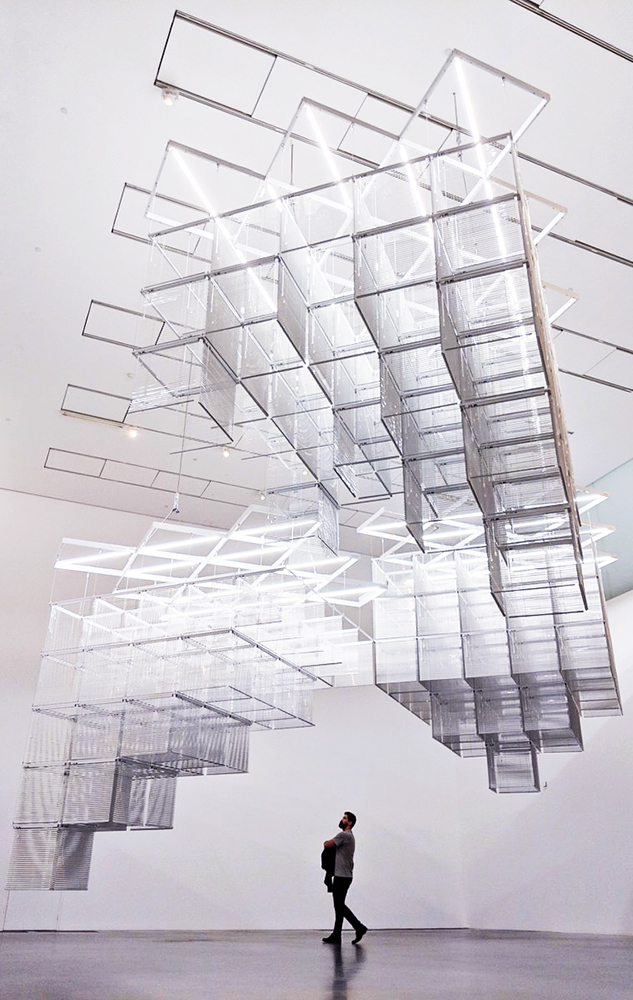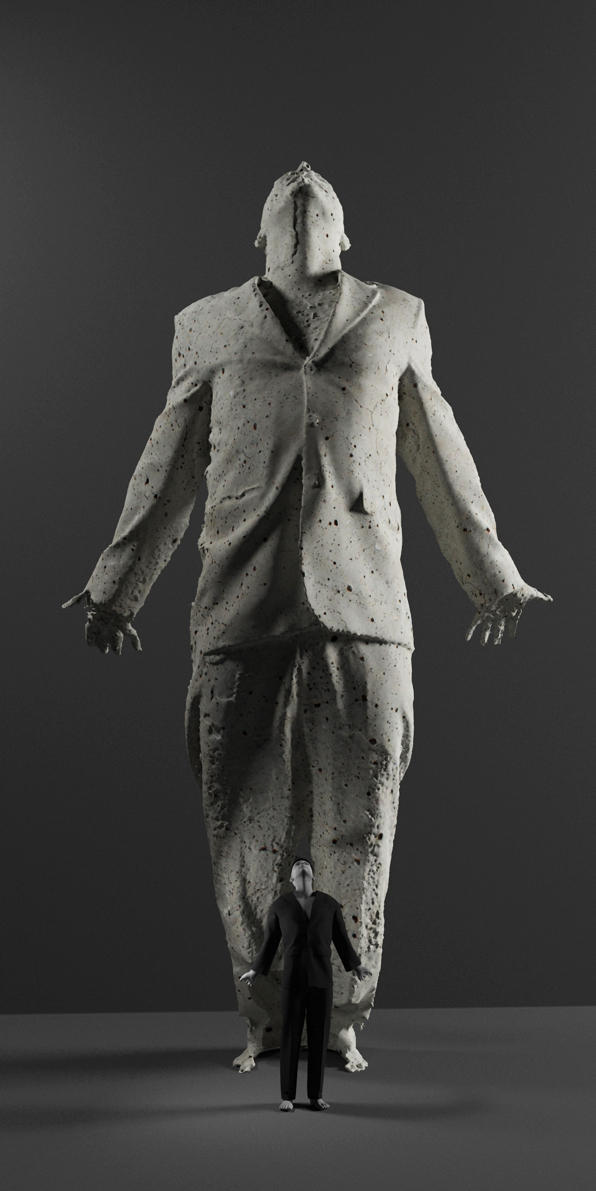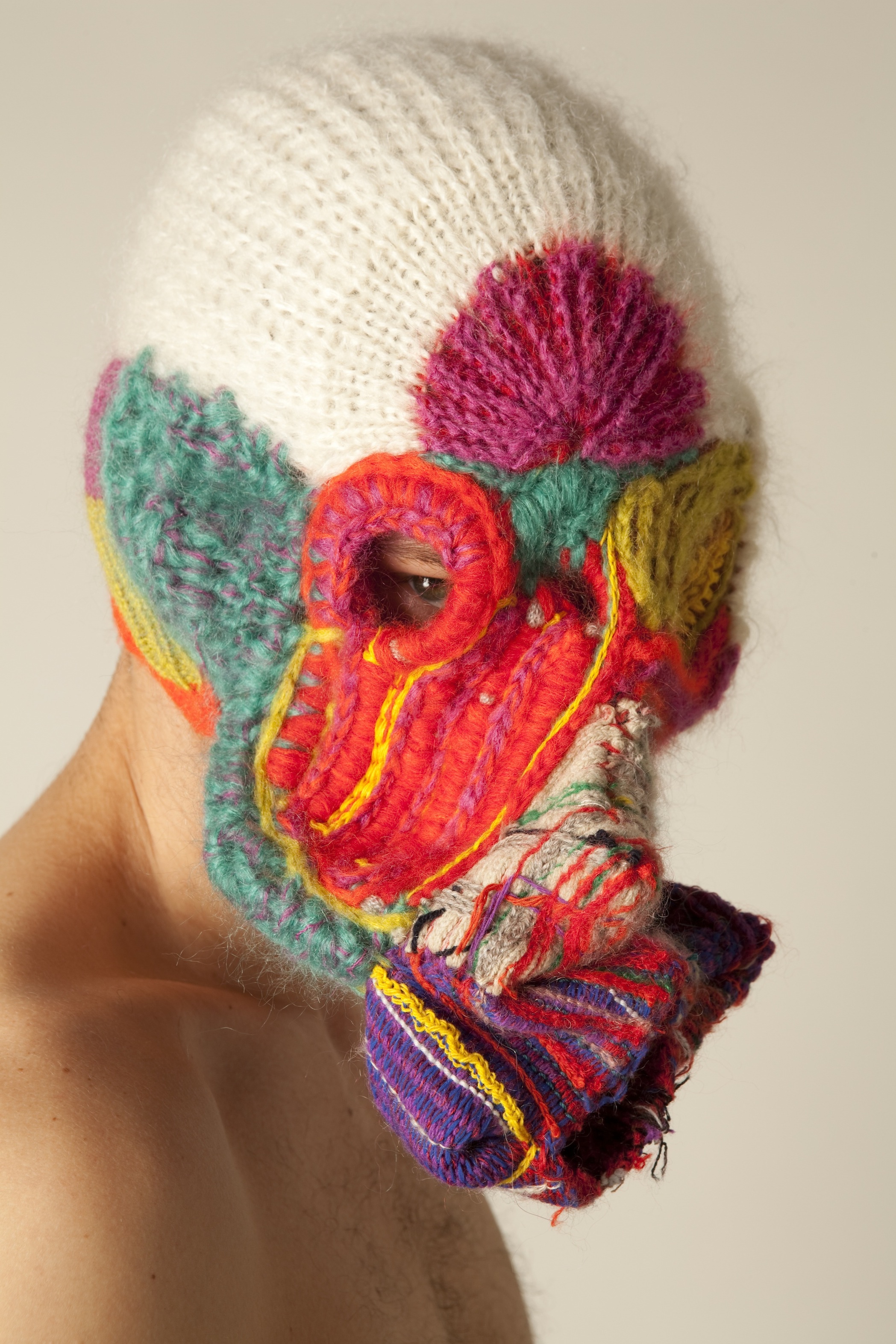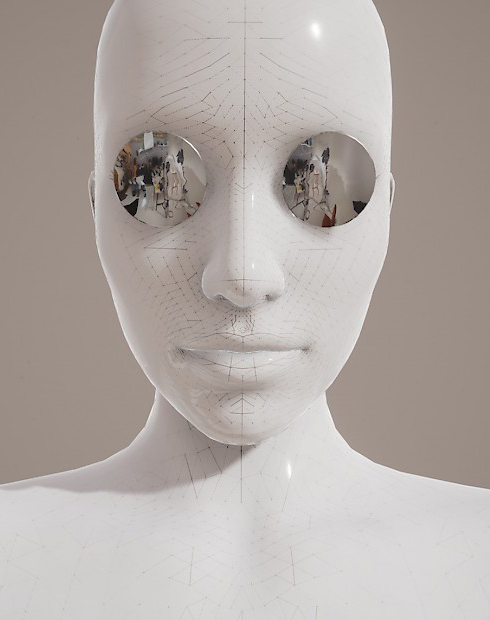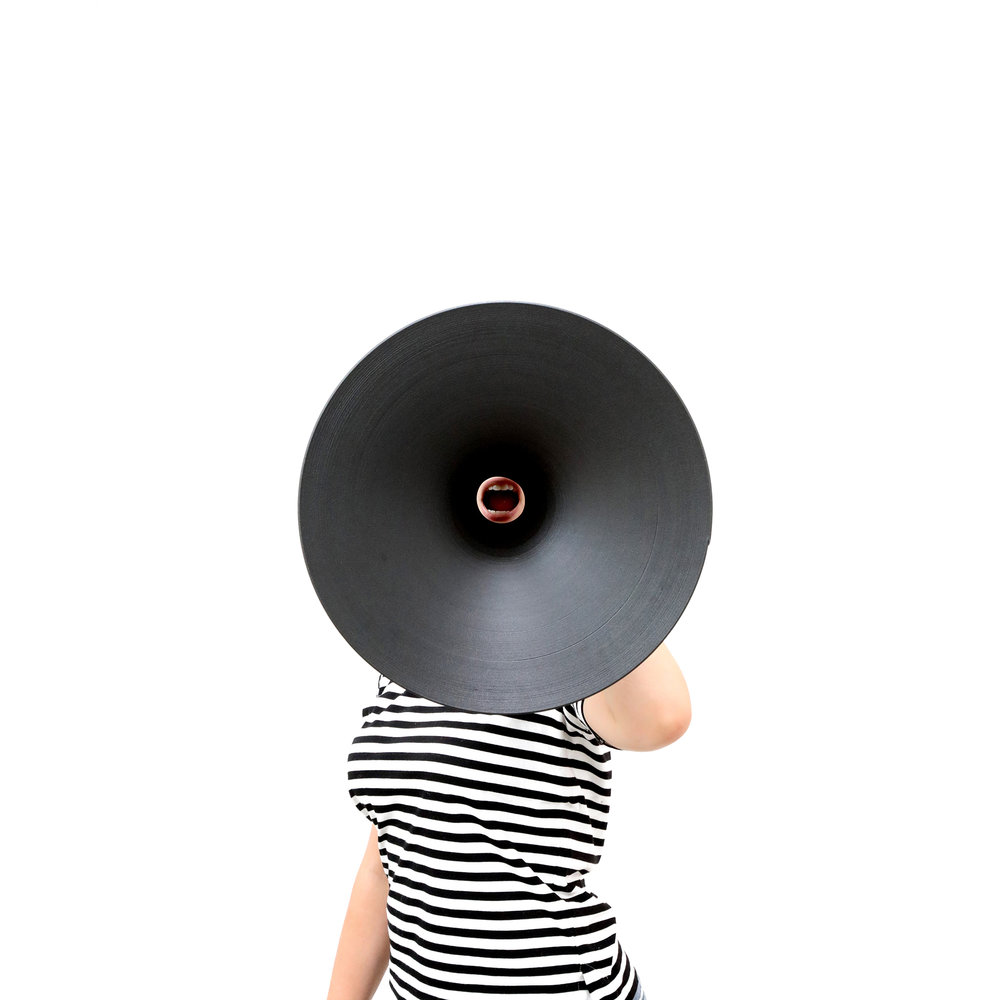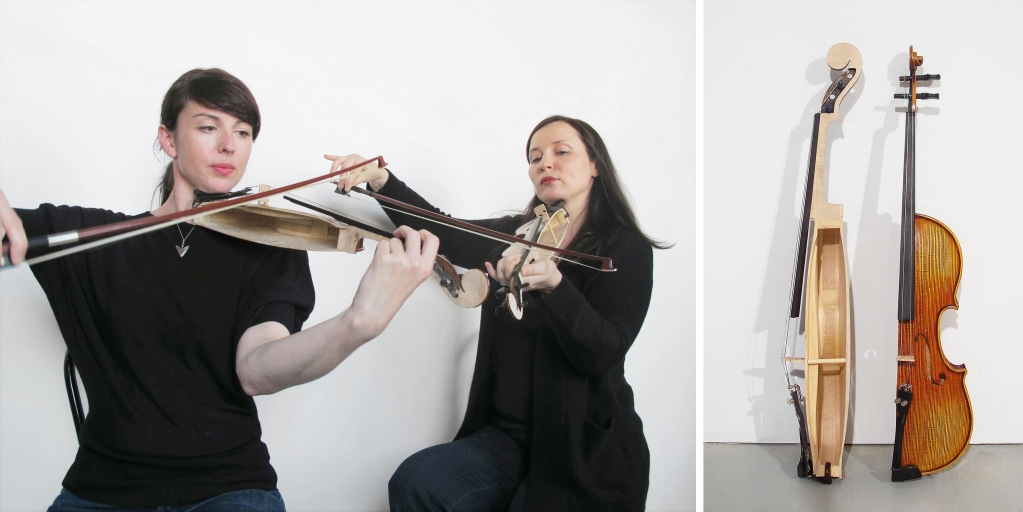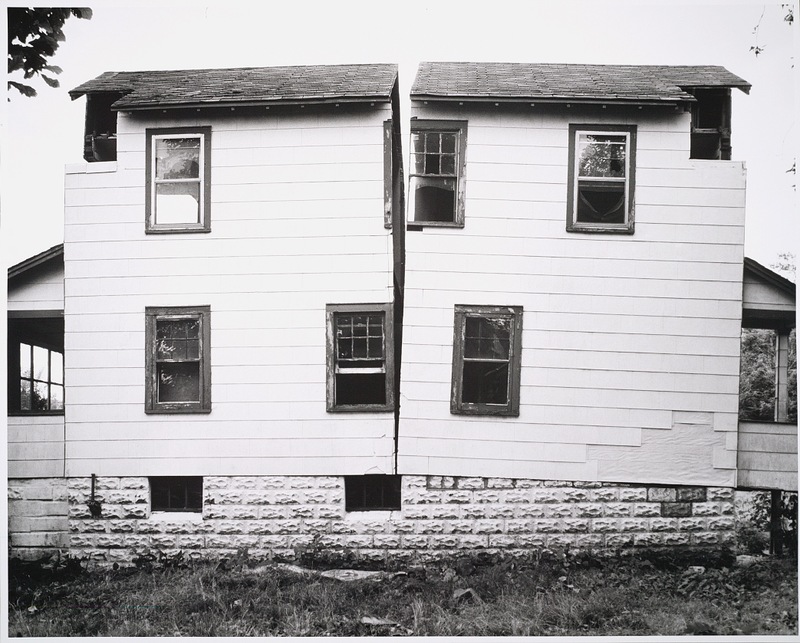
SPLITTERWERK
bio intelligence quotient house
Dubbed the Bio Intelligent Quotient (BIQ) House, the approximately €5 million building was designed by Splitterwerk Architects and funded by the Internationale Bauausstellung (IBA), a long-running exhibition series showcasing cutting edge techniques and architectural concepts, for this year’s International Building Exhibition – 2013.
A total of 129 algae culturing tanks are affixed to the East and West sides of the building via an automated external scaffolding structure that constantly turns the tanks towards the sun. The plant cultures are fed through an integrated tubing system, CO2 is pumped in as well. According to Arup’s Europe Research Leader, Jan Wurm, who collaborated with Splitterwerk on the project:The algae flourish and multiply in a regular cycle until they can be harvested. They are then separated from the rest of the algae and transferred as a thick pulp to the technical room of the BIQ. The little plants are then fermented in an external biogas plant, so that they can be used again to generate biogas. Algae are particularly well suited for this, as they produce up to five times as much biomass per hectare as terrestrial plants and contain many oils that can be used for energy.Not only do these tanks provide shade for every level of the building during the summer and biogas for heating during the winter, the facade itself collects excess heat not being used by the algae, like a solar thermal system. That heat can then either be used immediately or stored in 80-meter-deep, borine-filled borehole heat exchangers located under the structure. Total fossil fuels used in this process: zero.




